I know that after a sudden generation/load variation there is an imbalance between mechanical power and electrical power at the borders of generators which causes a frequency change according to the swing equation. The first thing that changes is the electrical power (or also the electrical torque) and the governors change the mechanical power (or torque) accordingly to stop the imbalance and so the frequency drop/rise (so the mechanical torque is starting to follow the electrical one.)
I have always studied during my bachelor the transient behavior of a generator considering the electrical torque as constant (like the dashed blue line) but running a generator outage in my simulation tool I noted that the electrical power changes too. One consideration that jumps into my mind is: ok, rotating loads change their absorbed power according to the frequency change so it is true that the electrical power changes, too. The problem is that I imposed the loads as constant power PQ, so there is at least one more cause for the change of the electrical power/torque. What is it? Is it the mechanical power itself that changes the electrical one, too?
